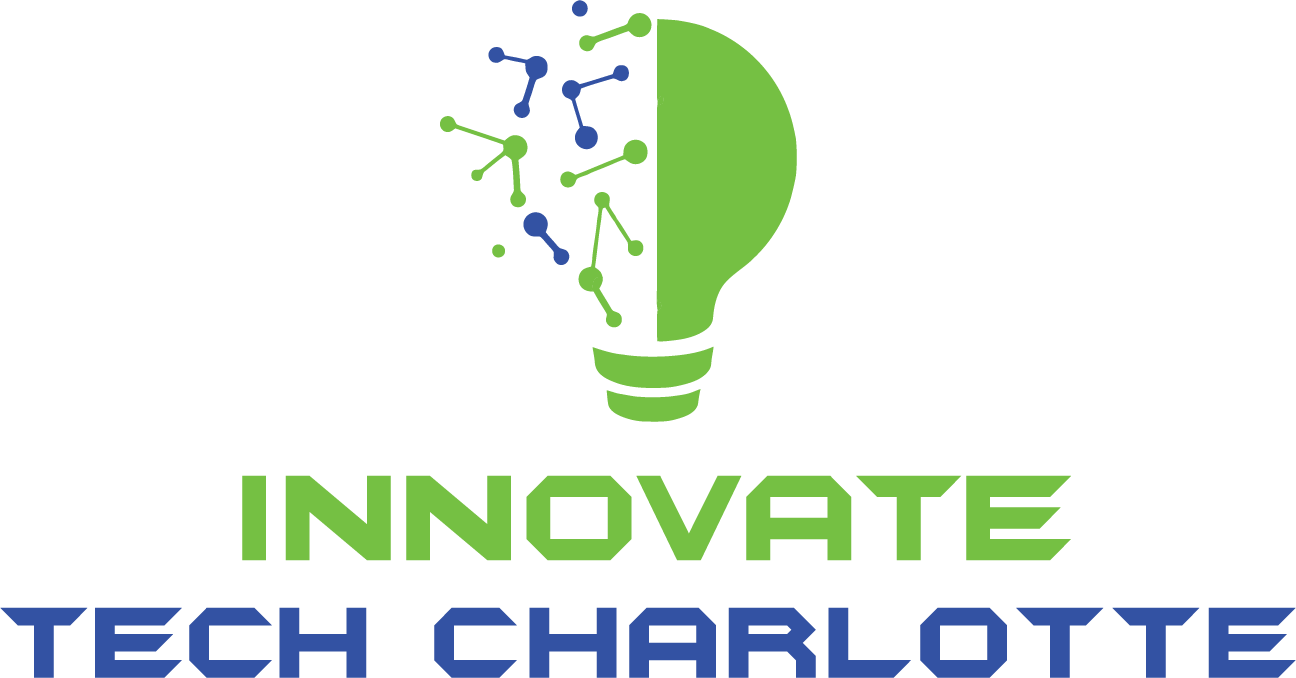Supporting students in developing digital literacy skills is a multifaceted task that requires a combination of strategic planning, effective teaching methods, and ongoing support. Here are some key strategies and best practices for teachers to support students in this area:
Embed Digital Literacy Within the Curriculum
Integrate digital literacy skills into subject-specific lessons to ensure students develop these skills in contextually rich and meaningful ways.
– Align with Educational Objectives: Ensure that digital literacy instruction is aligned with the curriculum objectives, making it clear how these skills support learning in various subjects.
– Subject-Specific Applications: For example, in English classes, teach students to evaluate the credibility of online sources and analyze digital media content. In science classes, use data analysis tools and simulation software to conduct experiments and explore scientific concepts.
Use Diverse Digital Tools and Platforms
Expose students to a wide variety of digital tools and platforms to help them develop a broad range of skills.
– Interactive Software and Apps: Utilize tools like Google Docs, Microsoft Teams, Kahoot!, edpuzzle, and ClassDojo to create engaging and interactive learning experiences. These tools can facilitate collaboration, research, and digital problem-solving.
– Creative Assignments: Encourage students to create digital content such as videos, blogs, or podcasts. This helps them develop digital creation skills while expressing their creativity.
Implement Project-Based Learning
Encourage students to apply their digital literacy skills in real-world contexts through project-based learning activities.
– Collaborative Projects: Use cloud-based tools for group projects that require collaboration, research, and digital problem-solving. This fosters critical thinking, creativity, and teamwork.
– Research Projects: Assign projects that require students to gather and analyze data from multiple online sources, evaluating the validity and value of the information.
Teach Digital Citizenship and Ethics
Incorporate lessons on digital citizenship, online safety, and ethics to ensure students understand the implications of their actions in the digital landscape.
– Online Safety: Educate students on how to protect their personal information, recognize potential online threats, and avoid cyberbullying and phishing attempts.
– Digital Etiquette: Discuss the importance of respectful online communication, including social media behavior and email etiquette.
Provide Ongoing Support and Training
Offer professional development opportunities for teachers and ongoing support for students as they navigate new digital tools and platforms.
– Teacher Professional Development: Provide teachers with training to hone their digital literacy instruction skills. Programs like “Thriving as a Digital Teacher” can help educators develop strategies for creating engaging and interactive learning experiences.
– Student Support: Establish clear expectations and guidelines for technology use, monitor and address digital issues promptly, and offer continuous support to help students overcome any challenges they face.
Foster Critical Thinking and Problem-Solving
Teach students to question the information they encounter online and develop critical thinking skills.
– Source Evaluation: Guide students through the process of evaluating the credibility of online sources, checking author credentials, looking for bias, and verifying facts.
– Misinformation Awareness: Discuss the prevalence of fake news and misinformation, and create activities where students analyze news articles or social media posts to determine their reliability.
Create a Safe and Supportive Digital Learning Environment
Develop and enforce a digital usage policy, and ensure that the learning environment is safe and supportive.
– Digital Usage Policy: Establish clear expectations and guidelines regarding technology use, online behavior, and consequences for misuse. This reinforces the importance of a respectful and safe digital community.
– Community Involvement: Engage parents and the wider community in digital literacy education through workshops and events. This helps create a supportive environment that values and promotes digital literacy.
Use Formative and Performance-Based Assessments
Conduct regular assessments to gauge students’ progress and understanding of digital literacy skills.
– Formative Assessments: Use observations, discussions, and self-reflection activities to gather insights into students’ progress and address any gaps in understanding.
– Performance-Based Assessments: Implement tasks such as digital presentations, collaborative online projects, or blogging assignments to measure students’ practical application of digital literacy skills.
By implementing these strategies, teachers can effectively support students in developing the digital literacy skills necessary for success in the modern, technology-driven world.
